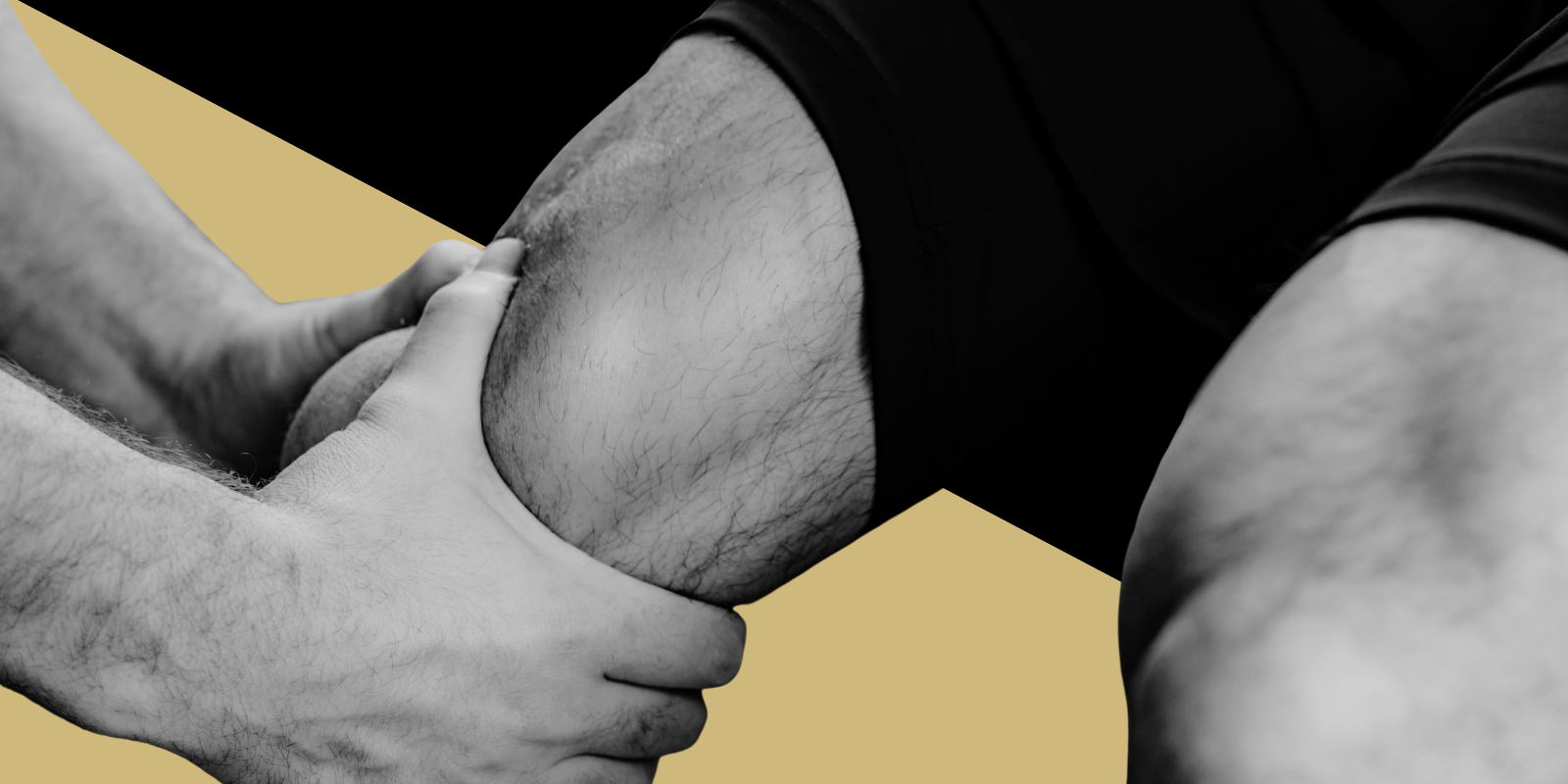What effect do peanut allergies have on the lives of children?
There exists an urgent unmet medical need for infants and toddlers living with peanut allergy. Peanut allergy affects approximately 2% of U.S. children and has been a growing public health problem over the past 20 years. In fact, the number of kids affected by peanut allergy has tripled in that time span. Peanut allergy is not likely to be naturally outgrown, and reactions can be severe.
How does this product have the potential to help?
This would be the first non-oral peanut allergy treatment strategy for children ages 1-3 years old, an age group for which there are currently no approved treatment options.
What was the hypothesis you were testing?
The study sought to determine if epicutaneous therapy (application directly to the surface of the skin) with a peanut patch containing 250 micrograms of peanut, worn daily for 12 months, could successfully and safely desensitize peanut allergic infants ages 1-3 years old compared to a placebo. Currently, we aren’t looking to get children to the point where they can safely eat peanuts, but we want to protect them from an accidental peanut exposure.
How does the product work?
Viaskin Peanut uses a novel approach called epicutaneous immunotherapy (EPIT), which is a route of desensitization that takes advantage of the skin being the largest immune organ in the body.
The product produces a level of protection utilizing much smaller doses of peanut protein compared to an oral therapy. It’s applied once a day, and the dose is rarely associated with systemic side effects. Moreover, the child’s activities do not need to be adjusted around the dose, and it can even be applied when the child is ill, which is different from other therapies.
What were the results?
After one year of treatment in toddlers 1 to 3 years old, Viaskin Peanut resulted in statistically superior desensitization compared with a placebo. We were pleased to see that 67% of toddlers on active treatment reached the primary endpoint, vs. 33.5% on placebo, which is an excellent response rate. The most reactive children when the study began saw an increase in protection from having reactions triggered with 10 milligrams of peanut protein or less (1/30 of a single peanut kernel) to at least 300 milligrams (a single large peanut kernel). Those who had reactions triggered with 30 to 300 milligrams of peanut protein to start had to increase their protection to at least 1,000 milligrams (a little more than three large peanut kernels).
These shifts have previously been shown to be clinically meaningful in reducing 98% to 99% of accidental exposures in packaged goods. The patch was exceptionally well-tolerated, with the most reported adverse events being local skin reactions that were mild to moderate and decreased in frequency through the duration of the trial. In terms of severe reactions, there were just four cases (1.6%) of anaphylaxis related to the patch in the intervention arm.
The results are fantastic and in line with what all of us as investigators were hoping to see — good efficacy, protection, and adherence with exquisite safety.
What is the next step with the research and this product?
While this therapy is still under investigation and not approved by the FDA, it could one day fulfill a huge unmet medical need for children and their families. The FDA has requested additional safety data to get closer to 600 patients in the safety database. This is a short-term study, and it should ideally reflect the strong safety profile shown in the phase 3 trial.
What will this mean to patients if/when it is approved and available?
The product is minimally invasive, non-oral treatment that presents minimal disruption to the child’s daily life while still safely providing a high level of protection. This directly reflects a preference that many parents have expressed is important to them, in that they want a non-oral treatment strategy that poses minimal safety risks.
Moreover, this is an age range where there is a real urgency to develop a safe, effective product where we can take advantage of the opportunity to start children on active therapy as close to the time of diagnosis of their allergy as possible. The entire trajectory of how they grow up could change, meaning they may have an opportunity to have less fear about their allergy because they would essentially never have grown up without having some protection against peanut from the treatment. That is very different from many of our current patients, who have lacked treatment options and have grown up learning to navigate a world where there is a daily and very realistic threat of the consequences of unintended peanut exposure.
This research is getting a lot of attention; is that surprising to you?
It is not surprising given how few targeted solutions are being developed specifically for infants and toddlers with peanut allergy. This represents a potential win for the field and a win for the families, should this product be approved.





